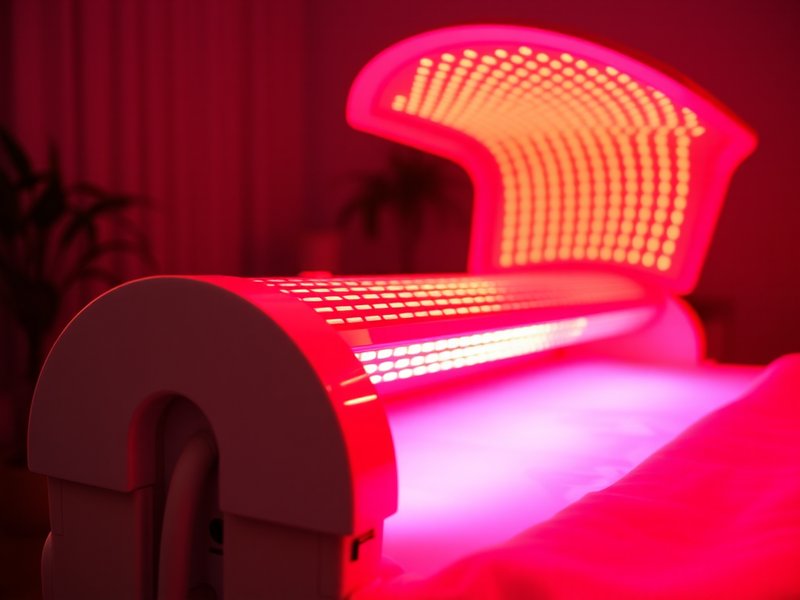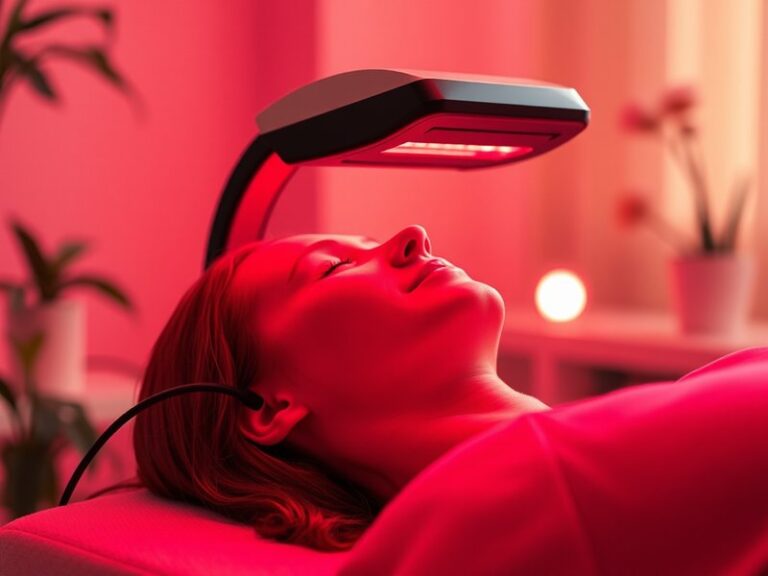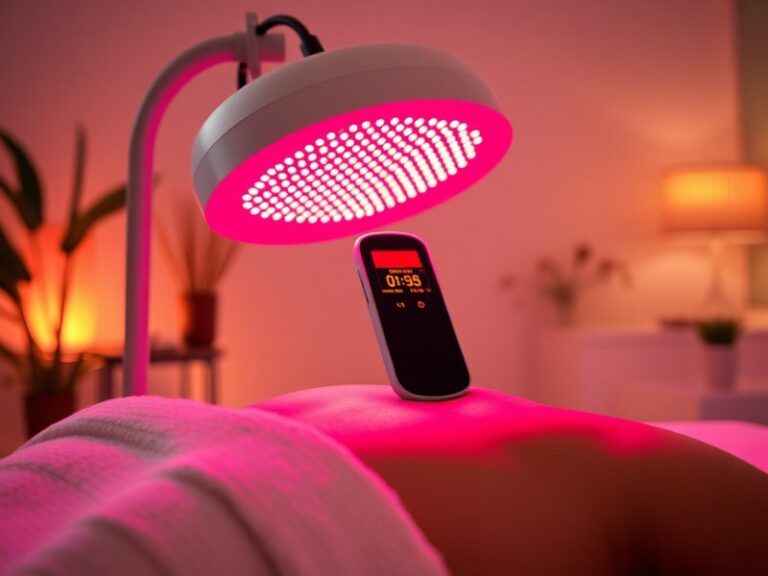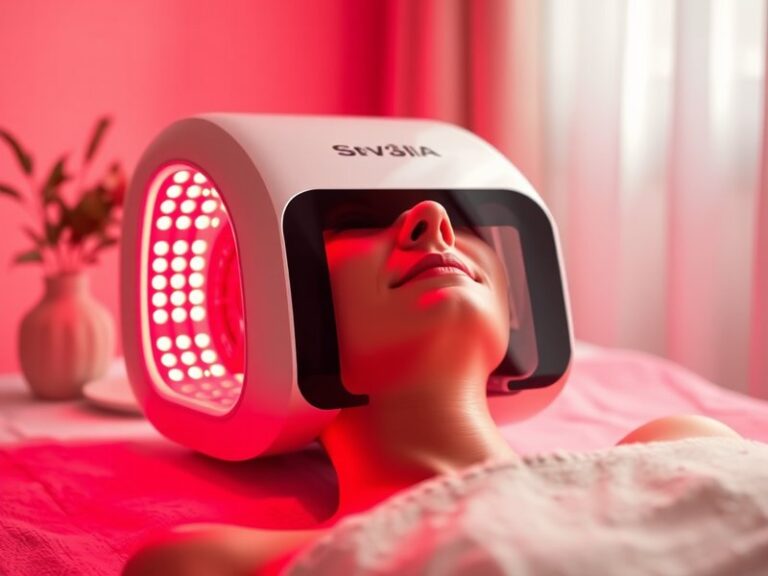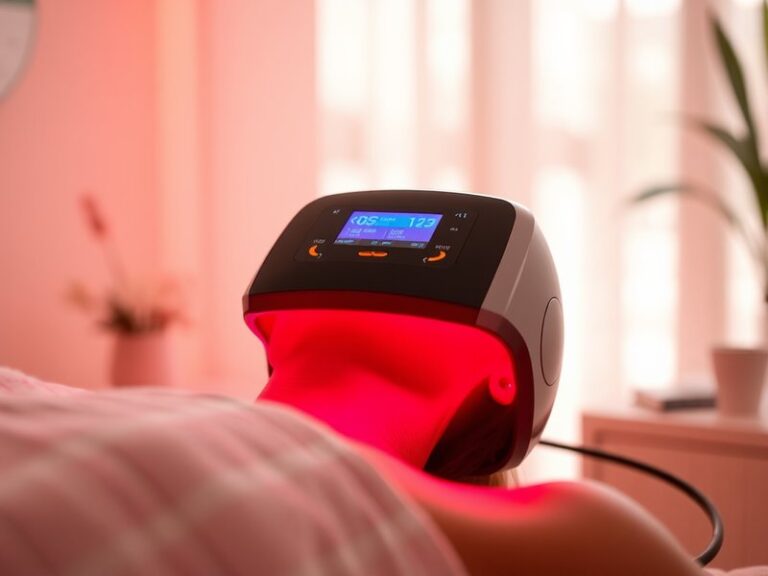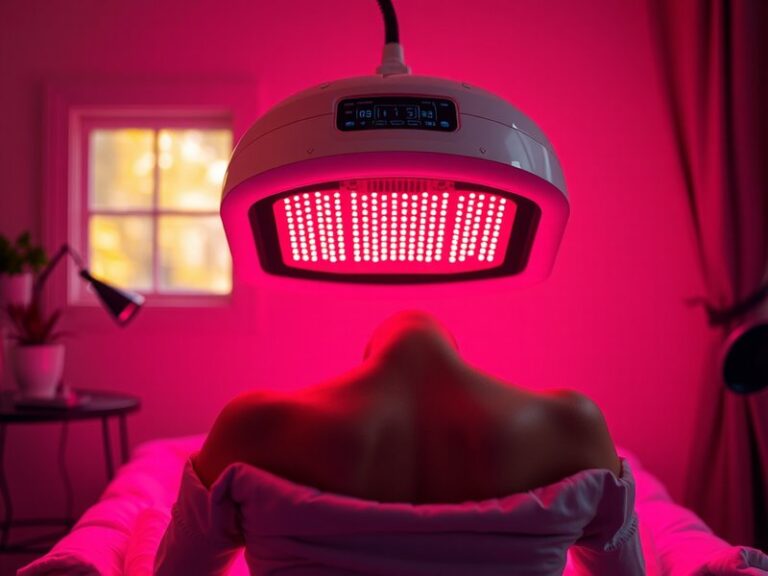Are Red Light Therapy Beds Hot?
Are Red Light Therapy Beds Hot?
Are you curious about the warmth of red light therapy beds and how they function during treatment?
Red light therapy beds have garnered attention for their alleged health benefits, including improved skin health and muscle recovery. However, many individuals wonder about the temperature of these beds during use. This article explores whether red light therapy beds are hot, what to expect from the experience, and the advantages of this therapy.
Key Takeaways
- Red light therapy beds typically operate at a comfortable temperature and are not hot.
- The warmth experienced during treatment is often due to nearby infrared lights, but it is manageable and not uncomfortable.
- Red light therapy offers various benefits, including enhanced skin healing and reduced inflammation.
What is Red Light Therapy?
Red light therapy, also known as low-level laser therapy (LLLT), involves the use of red wavelengths of light to stimulate cellular function in the body. This therapy is non-invasive and safe, targeting the skin and muscle tissues to promote healing and recovery.
See our post on Post-Red Light Therapy Care
Red light therapy works by penetrating the skin layers, activating the mitochondria in cells, and increasing adenosine triphosphate (ATP) production. This energy boost supports cellular metabolism and promotes tissue repair. It is commonly utilized in spas, wellness centers, and clinical settings for various applications.
What are the Benefits of Red Light Therapy?
Engaging in red light therapy presents numerous benefits worth exploring. Below are some of the most prominent advantages.
Skin Health Improvement
Red light therapy has been shown to enhance skin appearance by reducing wrinkles, scars, and acne. Studies indicate that regular treatments can result in increased collagen production, leading to improved skin texture and elasticity.
Pain and Inflammation Relief
Many individuals utilize red light therapy to manage chronic pain conditions, such as arthritis or muscle strains. The therapy aids in reducing inflammation, allowing for more significant movement and comfort during physical activity.
Faster Recovery from Workouts
Athletes often incorporate red light therapy post-exercise to expedite muscle recovery. By enhancing circulation and reducing oxidative stress, red light therapy can minimize recovery time and help athletes return to their routines quickly.
Mood Enhancement and Sleep Quality
Some studies suggest that red light therapy may improve mood and promote better sleep by regulating circadian rhythms. Utilizing the therapy before bedtime may help individuals fall asleep more easily and achieve deeper rest.
For an in-depth look, see Do Red Light Therapy Beds Work?
Is it Possible to Feel Heat in Red Light Therapy Beds?
While red light therapy beds are not designed to be hot like traditional saunas, some users might feel a mild warmth during the session due to the infrared lights used in therapy. This warmth is generally soothing and should not cause any discomfort.
What are the Advantages of Mild Warmth?
Mild warmth can have several advantages, such as:
- Relaxation: The gentle heat can create a calming atmosphere, helping users relax during their session.
- Increased Blood Flow: The warmth encourages blood circulation, which may enhance the effectiveness of the therapy.
- Comfort: Many individuals find the warmth of the bed comforting, mirroring the sensation of sunlight on their skin.
What are the Disadvantages of Mild Warmth?
In rare cases, some individuals may experience discomfort from the heat, potentially leading to temporary discomfort during their session. It’s essential to listen to your body and communicate with the provider if any issues arise.
What are the Things to Consider Before Using Red Light Therapy Beds?
Before engaging in red light therapy, there are several key considerations to keep in mind.
Consultation with a Professional
Before starting therapy, it is advisable to consult with a healthcare professional, especially for individuals with pre-existing conditions or who are pregnant. A professional can provide personalized recommendations based on individual needs.
Session Duration and Frequency
Understanding the recommended duration and frequency of sessions is crucial for achieving optimal results. Most professionals suggest sessions lasting between 10 to 20 minutes, several times a week, depending on the individual’s goals.
Skin Sensitivity and Reactions
Individuals with sensitive skin should monitor their body’s response to treatment. Although red light therapy is generally safe, it’s essential to recognize how your skin reacts and adjust accordingly.
What are the Alternatives to Red Light Therapy?
If red light therapy doesn’t seem suitable, there are several alternative therapies available to support health and wellness.
Infrared Saunas
Infrared saunas use heat to promote detoxification and relaxation. The warmth penetrates deeper into the body’s tissues, providing a different type of therapeutic experience compared to red light therapy.
Cold Laser Therapy
Cold laser therapy, similar to red light therapy, uses specific wavelengths of light for pain relief and healing, but it operates at a different spectrum. This alternative may be preferred by individuals sensitive to warmth.
Topical Treatments
Various creams and ointments contain active ingredients aimed at improving skin health or alleviating pain. These can supplement or serve as alternatives to red light therapy, depending on specific needs.
Conclusion: Is it Recommended to Use Red Light Therapy Beds?
Red light therapy beds are generally not hot; instead, they provide a comfortable warming sensation that can contribute positively to the experience. The therapy presents significant advantages for skin health, pain management, and recovery acceleration. If you’re considering incorporating red light therapy into your wellness routine, consulting with a healthcare professional can help tailor the experience to your needs.
Frequently Asked Questions
Is red light therapy safe?
Yes, red light therapy is considered safe for most individuals. However, it’s recommended to consult with a healthcare professional before starting treatment, particularly if you have underlying health conditions.
How often should I use red light therapy?
It is typically suggested to engage in red light therapy sessions 2 to 3 times a week. However, the exact frequency may depend on personal goals and recommendations from a health professional.
Can I use red light therapy for skincare issues?
Absolutely. Red light therapy is effective for a variety of skin conditions, including acne, wrinkles, and scarring. Many people see noticeable improvements after consistent treatments over time.
What should I expect during a session?
During a session, you can expect to lie comfortably in a bed with red light emitting from panels. The session may last from 10 to 20 minutes, and the experience is generally described as soothing with a mild warmth.
Are there any side effects of red light therapy?
Side effects are rare, but some individuals may experience temporary redness or irritation of the skin. It’s essential to adjust treatment frequency based on personal comfort and response during sessions.
